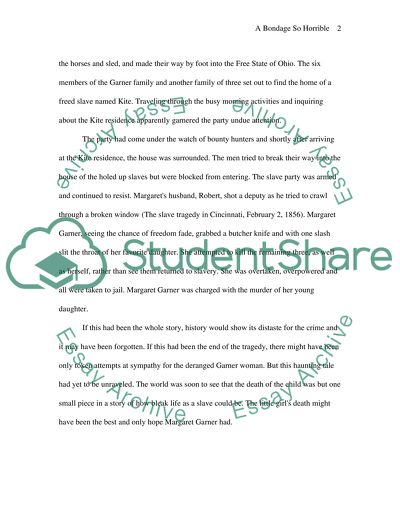Cite this document
(“A Bondage So Horrible Essay Example | Topics and Well Written Essays - 1000 words”, n.d.)
Retrieved from https://studentshare.org/miscellaneous/1525731-a-bondage-so-horrible
Retrieved from https://studentshare.org/miscellaneous/1525731-a-bondage-so-horrible
(A Bondage So Horrible Essay Example | Topics and Well Written Essays - 1000 Words)
https://studentshare.org/miscellaneous/1525731-a-bondage-so-horrible.
https://studentshare.org/miscellaneous/1525731-a-bondage-so-horrible.
“A Bondage So Horrible Essay Example | Topics and Well Written Essays - 1000 Words”, n.d. https://studentshare.org/miscellaneous/1525731-a-bondage-so-horrible.


